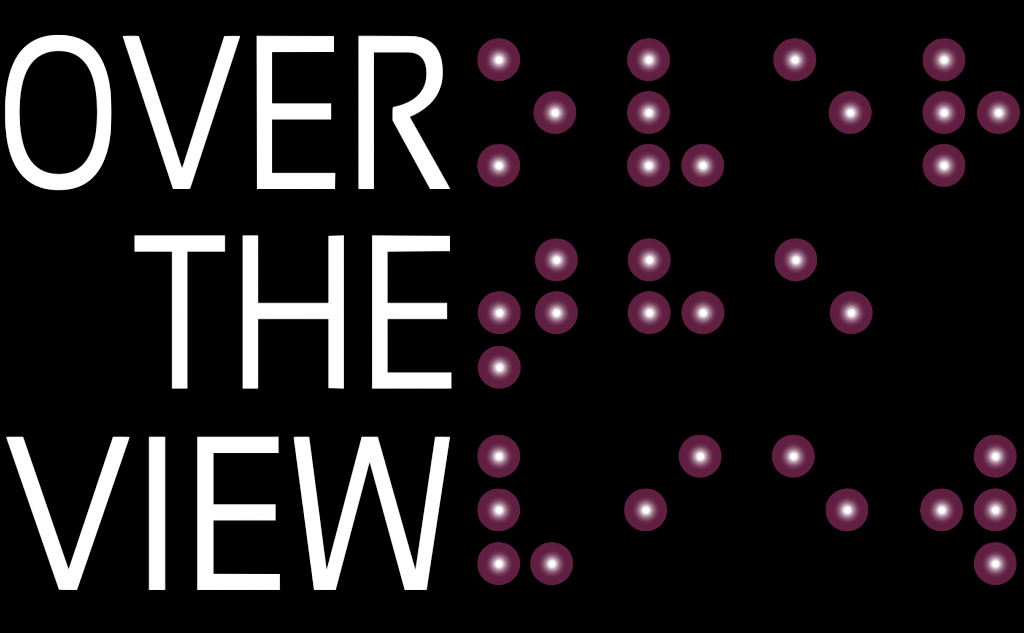The aim of the project is to provide companies with the tools to deepen their knowledge of accessible museum exhibitions in a perspective of universal design, with particular regard to access for people with sensory disabilities. With the completion of the project, companies will be able to manage independently (in their respective areas of activity: technological, communicative, methodological, regulatory, etc..) the design and implementation of accessible installations. This objective will be achieved with the organization of events for in-depth analysis and technology transfer in favour of the companies belonging to the cluster and with the design, implementation, testing and evaluation of demonstrators for the use accessible to culture. The advent of new technologies and the low-cost availability of a whole series of devices has opened up new scenarios in the design of the experience within museums. Considerable scientific advances have been made in the field of speech recognition and comprehension of text (written or spoken) both with artificial intelligence algorithms and with systems of semantic analysis of natural language, which allow to overcome the limits of graphical interfaces, to which we are accustomed, allowing the creation of interactive applications in which the sense of sight is not engaged. In recent years, researchers working in the field of natural interaction have experimented with different modes of human-computer interaction (gestural, tactile, vocal), thus exploiting all the richness of human expression.
In conclusion, the purpose of the project is the evaluation of state-of-the-art technologies and their integration, in order to demonstrate solutions that can make the experience of a visit to a museum exhibition interesting, enjoyable, educational, seductive even for people with sensory disabilities. The project, sharing the Recommendations for accessibility to cultural heritage issued by MiBACT (Ministry of Cultural Heritage and Activities and Tourism) wants to integrate the technological aspects with an analysis on methodologies to be adopted in the design of exhibitions and forms of communication to be implemented that can contribute to the construction of an archive of best practices for universal accessibility.



